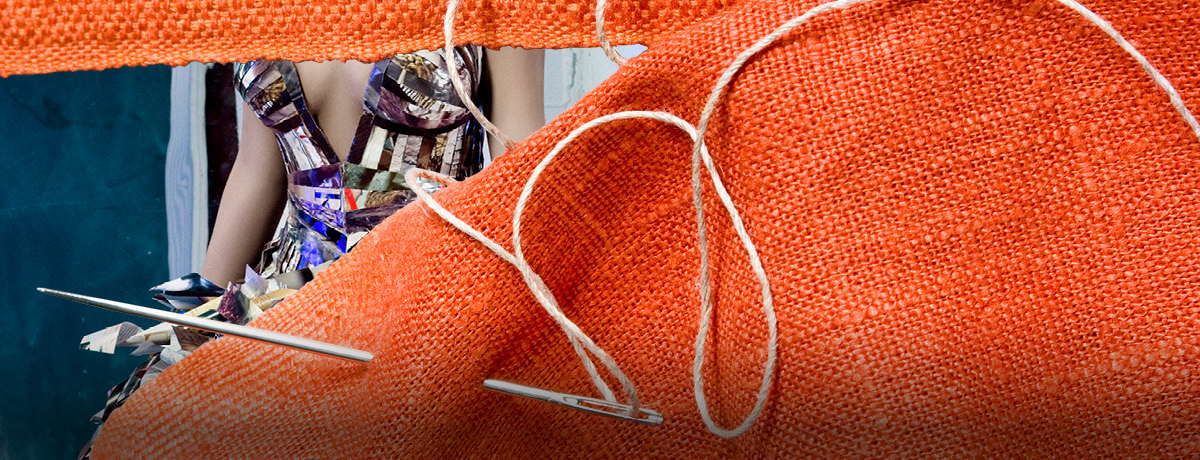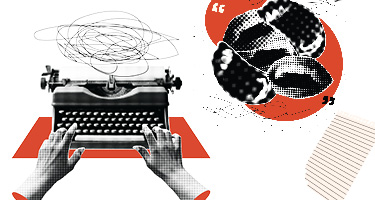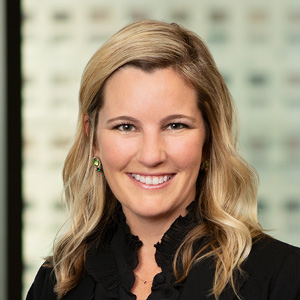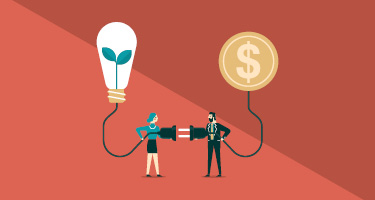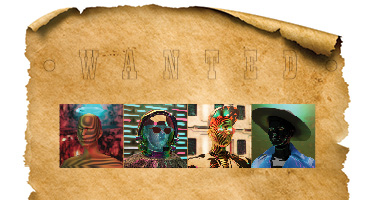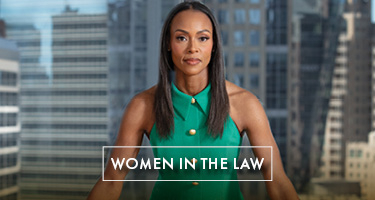GIVEN THE CONTINUED focus on sustainability and scrutiny of environmental, social and governance metrics (ESG) for publicly traded companies, existing and startup entities alike may have a keen interest in recycling and upcycling for both environmental and promotional reasons.
A robust recycling and upcycling program isn’t just good for the environment; if done authentically, it can also be a powerful way to promote a company’s goods and services. When original goods that include preexisting third-party intellectual property are upcycled, however, this can implicate certain trademark and copyright concerns.
Whether a company can freely upcycle such goods depends on the content of the original product and whatever has been added to it. Without a careful analysis, a company selling upcycled goods could be subject to trademark or copyright infringement claims. In some cases, though, neither IP right would be implicated, so seeking the advice of experienced counsel is critical.
Context is key. If a company is upcycling clothing, for example, the original item could include artwork that is protected by copyright. In a traditional recycling scenario, the copyright in the artwork would be exhausted by the first-sale doctrine, and no copyright liability would attach. However, in an upcycling scenario, if content is added to the original material—new art, a branding statement, new graphics—this would likely create a “derivative work,” to which the first-sale doctrine does not apply.
Because the right to make derivative works is one of the exclusive rights reserved to the copyright owner, creating a derivative work from an upcycled article of clothing could constitute copyright infringement. Since the copyright statute provides for statutory damages and fee shifting, the copyright owner may view an infringement lawsuit against the upcycler as a viable way to continue to exploit the monetary value of the original copyright.
The analysis may be further complicated by the manner in which new content is added to the existing material. If, for example, new content is applied to a piece of clothing alongside original artwork, this likely constitutes a derivative work. On the other hand, if the front of the clothing, where the original art appears, remains untouched but new content is added to the back, the first-sale doctrine would arguably apply, since the addition in no way changed or repurposed the original artwork, and the original copyright owner’s rights would be exhausted. (Depending on the new content on the back, this could give rise to liability for trademark infringement, discussed later in this article.)
In other cases, there may be no liability for copyright infringement in adding new material to existing content. For example, if the original content on the clothing is simple text (even if stylized or in color), that is very likely not protected by copyright, as copyright does not protect individual words, short phrases or basic symbols. Even here, though, there isn’t complete certainty, as the more graphic elements and design choices that are involved, the closer the scales tip toward a protectable copyright in the work.
The same analysis would hold true for clothing that simply depicts common symbols such as flags and basic graphic designs. Again though, if the image is stylized and represents specific design choices, those choices may be enough to warrant copyright protection.
Trademarks, rather than copyrights, can protect words, short phrases and symbols if they represent the brand of the original product manufacturer. If a piece of clothing bears the trademark of a third party and an upcycler adds its own brand name or content, there is a potential trademark concern even if there is no copyright issue. Similar to the derivative work/copyright example discussed earlier, the defense of first sale under trademark law would not apply in this case where new content is added to the trademarked words or symbols.
Let’s say an upcycled T-shirt bore the Nike trademark or its Swoosh logo, and another company added its own trademark, content or slogan alongside. Nike could assert that the upcycled product created a false impression of affiliation, association, sponsorship or approval, or that consumers would mistakenly believe that the upcycled version came from Nike itself. A claim alleging trademark dilution by blurring or tarnishment may also be viable if the original brand is a well-known one like Nike.
These concerns are not merely hypothetical. Nike has, in fact, pursued a trademark-infringement claim against a performance art-collective MSCHF, which, in collaboration with musician Lil Nas X, made customized Nike “Satan Shoes.” The case eventually settled, with MSCHF agreeing to pull the shoes from ongoing sales. Similarly, Chanel sued the startup Shiver + Duke for trademark infringement over its repurposing of authentic Chanel buttons into costume jewelry. Rolex sued a small company called laCalifornienne over upcycled watches, asserting both copyright and trademark claims. Rolex won an early victory of some issues; the defendant then settled by agreeing to cease and desist.
In another case involving timepieces, Vortic Watch was sued by Hamilton and Swatch (its parent) after it took vintage Hamiltons and refurbished and repurposed them. In this case, though, the defendant prevailed regarding the confusion claims, in part because of its use of clear disclaimers.
That case demonstrates that the use of prominent disclaimers and full disclosures can help mitigate risk and may even negate the potential for confusion, at least at the point of sale. In the context of environmentalism and the public policy aspects of encouraging recycling and upcycling, this may be a risk a company is willing to take—although it might be forced to litigate to establish such precedent if challenged.
As a general rule, companies should avoid upcycling any products that bear trademarks or copyrighted third-party content without the advice of counsel. Risk from a trademark-infringement lawsuit may be mitigated by clear disclosures and disclaimers, but they won’t alleviate copyright risk.
Finally, content creators often assume that a parody or fair-use defense will insulate against copyright or trademark claims. But the fair-use defense is just that—a defense—and it is not nearly as broad as many assume. Just because new content combined with existing content may convey a humorous message, that doesn’t automatically equate to a successful defense of fair use. In the context of copyright, it remains a difficult question—one the Supreme Court is currently grappling with in the Warhol case involving images of the late musician Prince—whether newly created material based on existing copyrighted content is sufficiently transformative to constitute a viable fair-use defense against a copyright-infringement claim.
Karen Kreider Gaunt has 25 years’ experience in intellectual property, trademark, copyright and advertising counseling and enforcement. She is the immediate past chair of Dinsmore & Shohl’s Trademark & Copyright Practice Group and presently serves as the chair of Dinsmore’s IP Litigation & Enforcement Practice Group. She has represented her clients as both plaintiffs and defendants in nearly 65 federal court cases and has handled nearly 300 matters for clients at the Trademark Trial and Appeal Board. Gaunt is the Attorney of Record on nearly 2,000 trademarks on file with the USPTO and has lent her counsel to in-house trademark departments on thousands more.
